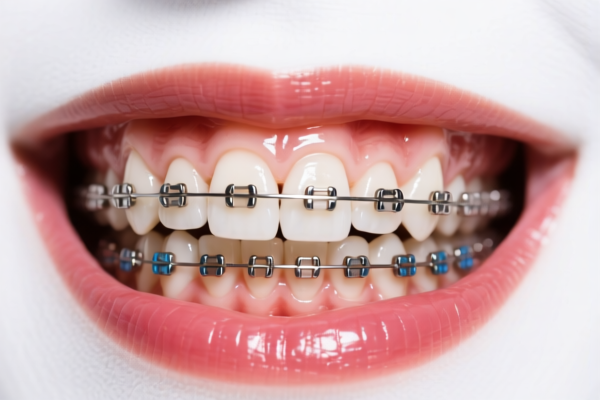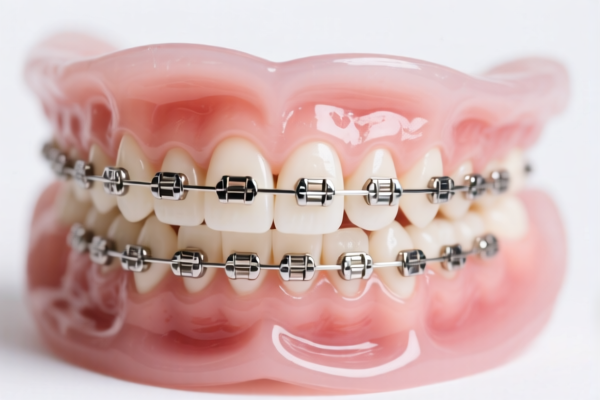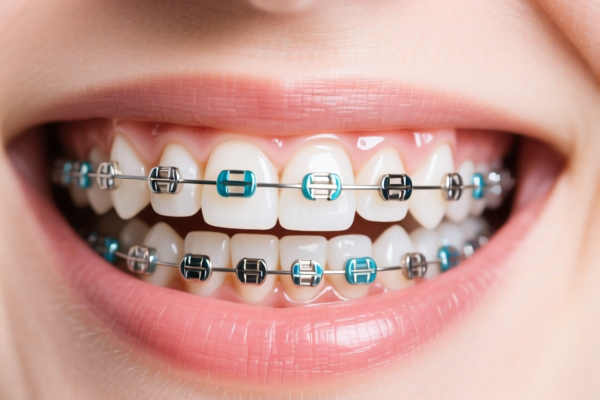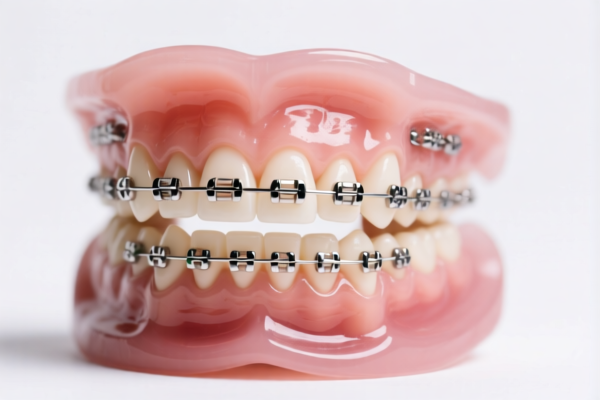| HS Code | Official Doc | Tariff Rate | Origin | Destination | Effective Date |
|---|---|---|---|---|---|
| 6114909070 | Doc | 35.6% | CN | US | 2025-05-12 |
| 4203406000 | Doc | 55.0% | CN | US | 2025-05-12 |
| 4203300000 | Doc | 57.7% | CN | US | 2025-05-12 |
| 4205000500 | Doc | 57.9% | CN | US | 2025-05-12 |
| 4205004000 | Doc | 56.8% | CN | US | 2025-05-12 |




Bracers
Bracers are protective or supportive garments worn on the wrist and hand, extending to varying degrees up the forearm. They serve a multitude of purposes, historically and contemporarily, encompassing protection, support, and fashion.
Material
Historically, bracers were constructed from materials providing robust defense. Common materials included:
- Leather: Frequently hardened through boiling or treatment with oils and waxes.
- Metal: Bronze, iron, steel, and, later, aluminum were used, often in layered or segmented designs for flexibility.
- Wood: Used as a base layer, often reinforced with leather or metal.
Modern bracers utilize a wider range of materials:
- Neoprene: Provides compression and warmth, commonly used in athletic and medical supports.
- Synthetic Fabrics: Nylon, polyester, and spandex blends offer flexibility, breathability, and moisture-wicking properties.
- Plastics & Composites: Used in specialized applications requiring high impact resistance.
- Carbon Fiber: Lightweight and extremely strong, employed in high-performance sports and protective gear.
Purpose & Function
The primary functions of bracers fall into several categories:
- Protection: Shielding the wrist and hand from impacts, abrasions, and cuts. This is particularly relevant in activities like archery, fencing, medieval combat, and certain industrial tasks.
- Support: Providing stability to the wrist joint, aiding in the prevention and recovery of injuries like sprains, strains, and carpal tunnel syndrome.
- Compression: Reducing swelling and promoting blood flow, often used in medical supports.
- Fashion/Cosplay: Serving as aesthetic elements, replicating historical armor or creating fictional designs.
Usage Scenarios
- Historical Reenactment & Combat: Replicating armor for events like medieval fairs, SCA (Society for Creative Anachronism) competitions, and HEMA (Historical European Martial Arts).
- Archery: Protecting the forearm from the bowstring slap.
- Fencing: Providing protection against blade strikes.
- Sports: Supporting wrists during activities like weightlifting, basketball, tennis, and skateboarding.
- Motorcycling & Cycling: Providing impact protection in the event of a fall.
- Industrial Work: Protecting against abrasions, cuts, and impacts in construction, manufacturing, and other manual labor fields.
- Medical Recovery: Supporting wrists after injuries or surgeries.
- Cosplay & LARP (Live Action Role-Playing): Completing costumes and adding to character aesthetics.
Common Types
- Leather Bracers: Versatile, often used for historical reenactment, cosplay, and light protection. Can range from simple single-layer designs to complex, hardened, and articulated pieces.
- Metal Bracers: Provide superior protection, often segmented or layered for flexibility. Commonly used in HEMA and historical combat.
- Wrist Supports: Typically made from neoprene or synthetic fabrics, designed to provide compression and stability for medical or athletic purposes. Often feature adjustable straps and splints.
- Archery Bracers: Specifically designed to protect the forearm from the bowstring, usually made from leather or durable synthetic materials.
- Forearm Guards: Heavier-duty protection often used in motorsports and industrial applications, incorporating hard shells and padding.
- Segmented Bracers: Composed of overlapping plates or segments, allowing for greater flexibility and range of motion.
- Cosplay Bracers: Constructed from a variety of materials (foam, plastic, leather) to replicate fictional armor designs.
Based on the provided information, “bracers” can be interpreted as articles of apparel or clothing accessories, or potentially other articles of leather or composition leather, depending on the material and specific function. Here's a breakdown of relevant HS codes:
-
4203406000: This code covers “Articles of apparel and clothing accessories, of leather or of composition leather: Other clothing accessories: Other”. If the bracers are made of leather or composition leather and are considered clothing accessories, this HS code may be applicable. The basic tariff is 0.0%, with an additional tariff of 25.0%, increasing to 30% after April 2, 2025, resulting in a total tariff of 55.0%.
-
4203300000: This code covers “Articles of apparel and clothing accessories, of leather or of composition leather: Belts and bandoliers with or without buckles”. If the bracers are functionally similar to belts or bandoliers (e.g., used for securing or supporting), and are made of leather or composition leather, this HS code could be considered. The basic tariff is 2.7%, with an additional tariff of 25.0%, increasing to 30% after April 2, 2025, resulting in a total tariff of 57.7%.
-
4205004000: This code covers “Other articles of leather or of composition leather: Other: Straps and strops”. If the bracers are made of leather or composition leather and are considered straps, this HS code may be applicable. The basic tariff is 1.8%, with an additional tariff of 25.0%, increasing to 30% after April 2, 2025, resulting in a total tariff of 56.8%.
According to the provided reference material, the HS code options related to 'bracers' are limited, with only the following 3 found.
It is important to determine the material composition and intended use of the bracers to select the most accurate HS code.
Customer Reviews
No reviews yet.